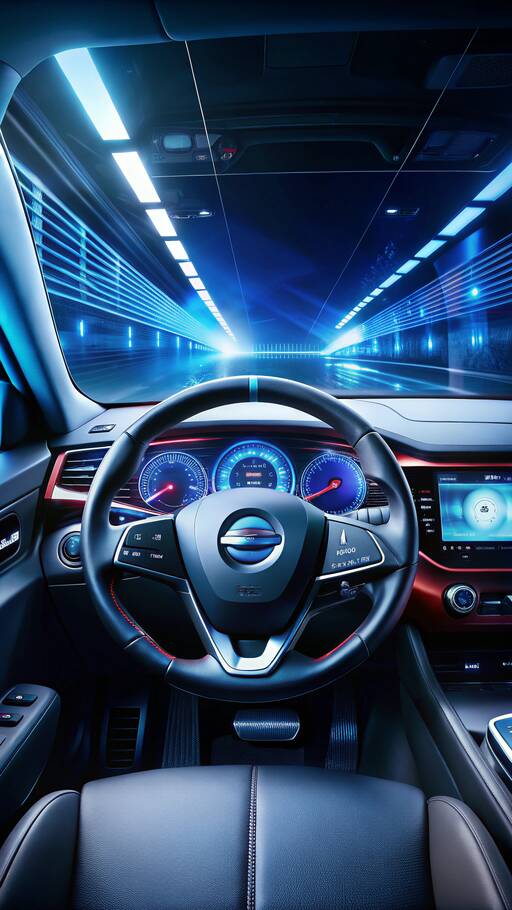
- New Leadership: Ivan Espinosa will assume the role of CEO on April 1.
- Product Lineup: Nissan is focusing on exciting new vehicles that feature diverse powertrains and competitive technologies, including advanced driver assistance systems.
- Current Offerings: The spotlight is on Level 2 features, such as adaptive cruise control and lane-keeping.
- Testing Level 4: Nissan is actively testing Level 4 driverless technology in Japan, but they are holding back on Level 3 due to consumer hesitance.
According to Ponz Pandikuthira, Nissan’s chief planning officer, even though the technology can be developed, consumer interest is lacking. Here are some key points to consider:
- Drivers appreciate Level 2 features but are not inclined to invest in Level 3 technology.
- The rising costs of implementing more complex systems make it impractical for now.
To remain competitive, Nissan continues to work on its driver assistance systems, aiming to lower costs for crucial components like semiconductor chips. However, the question remains: at what price could Level 3 become viable?
- Pioneering Efforts: Nissan's ProPilot Assist launched in 2016, evolving from a Level 1 system into more advanced versions.
- Robotaxi Testing: Level 4 capabilities are currently being tested in Yokohama, with plans for expansion and commercialization set for 2027.
Autonomous driving not only aims to enhance personal mobility but also addresses the increasing shortages of public transport drivers in Japan, a growing concern given the shifting demographics.
Nissan is strategically focusing on improving existing technologies rather than rushing into Level 3 autonomous driving systems that consumers aren’t eager to embrace. With evolving leadership and a commitment to remaining competitive, Nissan is investing in practical advancements while preparing for future challenges in mobility.